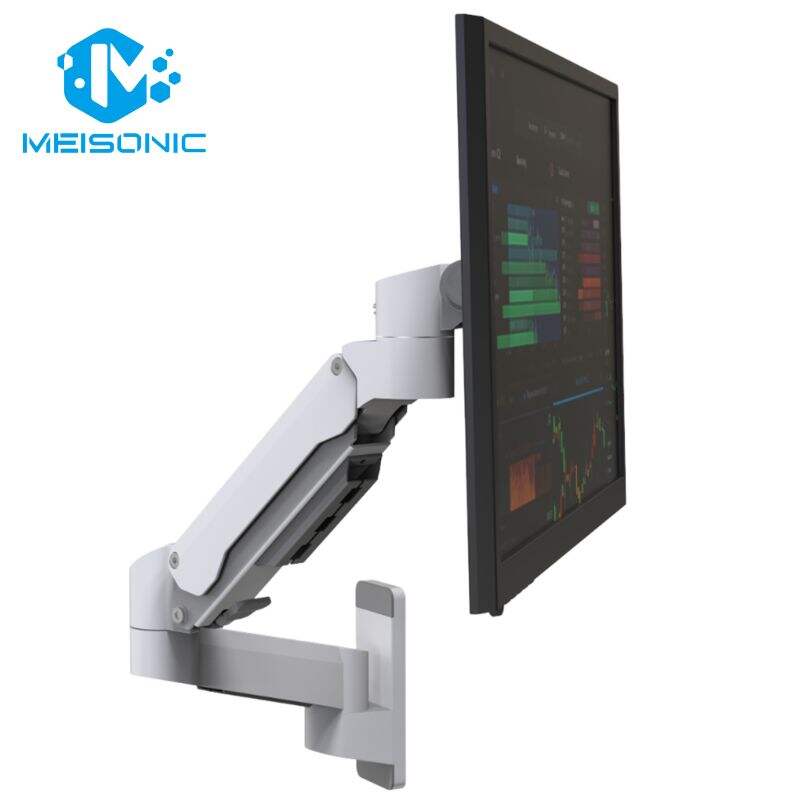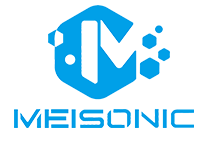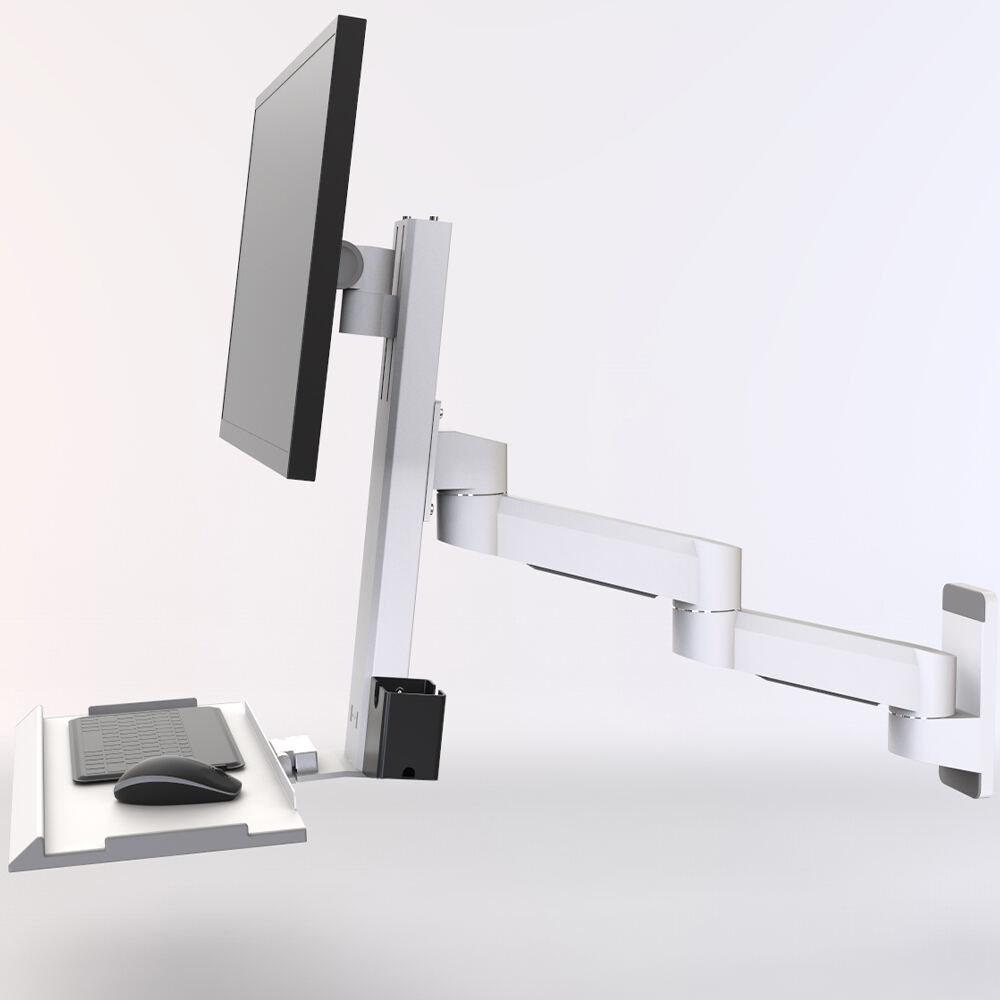Healthcare facilities worldwide depend on mobile medical equipment to deliver critical patient care efficiently. Modern medical environments require sophisticated display mounting solutions that can withstand the demanding conditions of hospitals, clinics, and emergency response vehicles. The evolution of medical cart monitor mount technology has revolutionized how healthcare professionals access digital information, patient records, and diagnostic imaging at the point of care. These advanced mounting systems must provide stability, flexibility, and durability while maintaining precise positioning capabilities throughout extended use periods.
The integration of digital technology in healthcare settings has created unprecedented demands for reliable mounting solutions. Medical professionals require instant access to patient data, diagnostic images, and electronic health records while moving between treatment areas. High-quality monitor mounting systems enable seamless workflow transitions, reducing response times and improving overall patient outcomes. The strategic placement of displays on medical carts and anesthesia vehicles directly impacts operational efficiency and clinical decision-making processes.
Advanced Gas Spring Technology for Medical Applications
Pneumatic Stability Systems
Gas spring mechanisms represent the pinnacle of monitor mounting technology for medical environments. These sophisticated systems utilize compressed nitrogen chambers to provide smooth, controlled movement while maintaining exceptional stability during operation. The pneumatic design eliminates the jerky movements associated with traditional mechanical systems, ensuring that sensitive medical displays remain perfectly positioned even during rapid cart movement or emergency situations. Healthcare professionals benefit from effortless height adjustments and precise positioning capabilities that enhance ergonomic comfort during extended procedures.
The sealed gas chambers in premium mounting systems resist contamination and maintain consistent performance throughout thousands of adjustment cycles. Medical facilities require equipment that can withstand frequent cleaning with hospital-grade disinfectants without compromising operational integrity. Advanced gas spring technology incorporates corrosion-resistant materials and specialized sealing systems that protect internal components from chemical exposure while maintaining smooth operation over extended service periods.
Load Capacity Engineering
Professional medical cart monitor mount systems must accommodate varying display weights while maintaining stability across diverse applications. Engineering specifications typically range from lightweight tablet displays to heavy-duty diagnostic monitors weighing up to 30 pounds or more. The gas spring mechanism automatically compensates for different loads, providing consistent lifting assistance regardless of the attached display weight. This adaptive capability ensures that healthcare professionals can easily reposition displays without excessive physical effort or risk of equipment damage.
Load balancing technology prevents sudden dropping or unexpected movement that could endanger both equipment and personnel. Premium mounting systems incorporate multi-stage gas springs that provide graduated resistance throughout the full range of motion. This sophisticated engineering approach ensures smooth operation whether adjusting display height for standing or seated positions, accommodating various user preferences and clinical requirements without compromising safety or performance standards.

Aluminum Alloy Construction Benefits
Material Strength Characteristics
Aerospace-grade aluminum alloys provide exceptional strength-to-weight ratios essential for medical mounting applications. These advanced materials resist corrosion, maintain structural integrity under repeated stress cycles, and offer superior durability compared to traditional steel alternatives. The lightweight nature of aluminum construction reduces overall cart weight while maintaining the robust support necessary for secure display mounting. Medical facilities benefit from easier cart maneuverability without sacrificing the stability required for critical care applications.
The crystalline structure of properly treated aluminum alloys provides consistent performance across temperature variations commonly encountered in healthcare environments. From climate-controlled operating rooms to outdoor emergency response scenarios, quality mounting systems maintain their mechanical properties regardless of environmental conditions. Surface treatments and anodizing processes further enhance corrosion resistance, ensuring long-term reliability in challenging medical environments where frequent cleaning and disinfection are mandatory requirements.
Manufacturing Precision Standards
CNC machining processes ensure dimensional accuracy and consistent quality across all mounting system components. Precision manufacturing eliminates play and wobble that could compromise display stability during operation. Tight tolerances in joint assemblies and pivot points provide smooth operation while preventing premature wear that could lead to system failure. Medical environments demand reliability standards that exceed typical commercial applications, requiring manufacturing processes that deliver consistent performance across thousands of units.
Quality control protocols in medical mounting system production include comprehensive testing procedures that validate load capacity, range of motion, and durability specifications. Each component undergoes rigorous inspection to ensure compliance with medical device standards and safety requirements. The precision manufacturing approach results in mounting systems that maintain their adjustment capabilities and structural integrity throughout extended service periods in demanding healthcare applications.
Ergonomic Design Considerations
User Interface Optimization
Healthcare professionals require intuitive adjustment mechanisms that enable quick display positioning without interrupting patient care workflows. Modern medical cart monitor mount systems incorporate ergonomic handle designs and smooth adjustment mechanisms that minimize physical effort while maximizing positioning precision. Single-handed operation capabilities allow medical staff to maintain patient contact while adjusting display angles and heights to optimize viewing conditions for specific procedures or consultations.
The integration of tactile feedback mechanisms helps users achieve precise positioning even in low-light conditions or when attention must remain focused on patient care. Quality mounting systems provide consistent resistance levels that give operators confidence in their adjustments without requiring visual confirmation of control positions. This intuitive operation reduces training requirements and enables healthcare professionals to focus on patient care rather than equipment manipulation.
Workspace Integration
Effective monitor mounting solutions seamlessly integrate with existing medical cart designs without compromising functionality or adding unnecessary complexity. Compact mounting profiles maximize available workspace while providing full range of motion capabilities. The strategic placement of pivot points and adjustment mechanisms ensures that displays can be positioned optimally without interfering with other medical equipment or limiting access to storage compartments and work surfaces.
Cable management systems integrated into quality mounting solutions maintain organized connections while accommodating the full range of display movement. Proper cable routing prevents tangling or damage during adjustment operations while maintaining clean, professional aesthetics that reflect the high standards expected in medical environments. These design considerations contribute to overall workflow efficiency and equipment longevity in demanding healthcare applications.
Installation and Compatibility Features
Universal Mounting Standards
VESA compatibility ensures broad display compatibility across various manufacturer brands and sizes commonly used in healthcare settings. Standard mounting patterns eliminate compatibility concerns while providing flexibility for future equipment upgrades or replacements. Professional mounting systems accommodate multiple VESA patterns within a single unit, providing investment protection and operational flexibility for medical facilities with diverse display requirements.
Adapter plates and mounting accessories expand compatibility options for specialized medical displays or legacy equipment that may not conform to current VESA standards. Quality mounting systems include comprehensive hardware kits that accommodate various installation scenarios without requiring additional purchases or modifications. This comprehensive approach simplifies procurement processes and ensures reliable installation outcomes across diverse medical cart configurations.
Cart Integration Methods
Robust clamping mechanisms provide secure attachment to medical cart rails and surfaces without permanent modifications. Professional-grade clamps accommodate various cart rail dimensions and configurations while providing tool-free installation and removal capabilities. This flexibility enables medical facilities to reconfigure equipment assignments or relocate mounting systems between different carts as operational requirements change.
Reinforcement plates and distribution mechanisms prevent stress concentration that could damage cart structures or compromise mounting security. Quality systems include protective padding and surface treatments that prevent scratching or marking of cart finishes while maintaining secure attachment under dynamic loading conditions. These installation features ensure long-term compatibility with medical cart investments while providing reliable display mounting capabilities.
Maintenance and Longevity Factors
Preventive Care Protocols
Regular maintenance schedules ensure optimal performance and extend service life of medical mounting systems. Simple cleaning procedures using approved hospital disinfectants maintain hygiene standards without compromising mechanical functionality. Periodic inspection of adjustment mechanisms and mounting points identifies potential issues before they impact clinical operations or compromise patient safety.
Lubrication requirements for quality mounting systems are minimal due to advanced bearing designs and sealed mechanisms that resist contamination. When maintenance is required, food-grade lubricants compatible with medical environments ensure continued smooth operation without introducing harmful substances into healthcare settings. Documentation of maintenance activities supports compliance with medical device regulations and quality assurance programs.
Service Life Expectations
Premium medical cart monitor mount systems provide reliable service for many years under normal healthcare usage conditions. Warranty coverage typically reflects manufacturer confidence in product durability and performance consistency. Expected service life calculations consider the demanding nature of medical environments and the critical importance of reliable equipment operation in healthcare settings.
Replacement part availability ensures continued operation even as components experience normal wear over extended service periods. Quality manufacturers maintain comprehensive parts inventories and provide technical support to maximize equipment uptime and minimize operational disruptions. This long-term support commitment provides medical facilities with confidence in their equipment investments and operational planning capabilities.
FAQ
What weight capacity should I expect from a quality medical cart monitor mount?
Professional medical cart mounting systems typically support displays weighing between 10 and 30 pounds, with premium models accommodating heavier diagnostic monitors up to 35 pounds. The gas spring mechanism automatically adjusts to different loads, providing consistent performance regardless of display weight. Always verify specific weight ratings for your intended display before installation to ensure optimal performance and safety.
How do I ensure compatibility with my existing medical cart?
Most quality mounting systems include adjustable clamping mechanisms that accommodate standard medical cart rail dimensions ranging from 0.5 to 2 inches in thickness. Measure your cart rail dimensions and verify compatibility with the mounting system specifications before purchase. Universal VESA mounting patterns ensure broad display compatibility, while adapter plates provide options for specialized or legacy equipment.
What maintenance is required for gas spring monitor mounts?
Regular cleaning with hospital-approved disinfectants maintains hygiene standards without affecting mechanical performance. Periodic inspection of adjustment mechanisms and mounting points helps identify potential issues early. Quality systems require minimal maintenance due to sealed gas chambers and advanced bearing designs that resist contamination and provide long-term reliability.
Can these mounting systems be moved between different medical carts?
Yes, professional mounting systems feature tool-free clamping mechanisms that enable quick installation and removal without permanent modifications to cart structures. This flexibility allows medical facilities to reconfigure equipment assignments or relocate mounting systems as operational needs change. Protective padding prevents damage to cart finishes during installation and removal processes.





